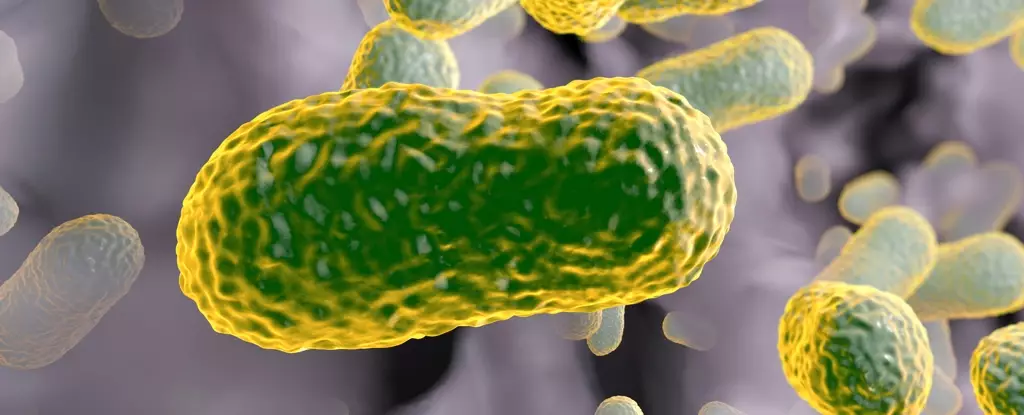In the ongoing battle against bacterial infections, the emergence of drug-resistant superbugs poses a significant threat to global health. As infections become increasingly resistant to common antibiotics, the limited arsenal of effective treatments causes serious concern in the medical community. Amidst this crisis, scientists are looking to the past for solutions, particularly to antibiotics that were once abandoned but may still harbor potential against formidable foes. Among these is streptothricin, an antibiotic isolated in the 1940s that has captured the interest of researchers once again, as they seek to combat resistant bacteria.
Streptothricin was identified during what many consider the ‘golden age’ of antibiotics, a period marked by groundbreaking discoveries in bacterial treatments. This particular antibiotic gained attention due to its effectiveness against gram-negative bacteria, a group of microbes notorious for their resilience. Unlike their gram-positive counterparts, gram-negative bacteria possess a unique protective membrane that poses challenges to many existing antibiotics. This structural barrier significantly complicates treatment options, making the search for effective alternatives critical.
Despite the potential benefits of streptothricin, initial assessments deemed it too toxic for human use, particularly affecting renal functions. As a result, it was relegated to the margins of scientific literature, its promise overshadowed by safety concerns. This decision reflects a broader issue in the medical research field: the tendency to overlook compounds that may require further exploration but are dismissed due to initial adverse findings.
Recently, a team led by pathologist James Kirby from Harvard University began to revisit the potential of streptothricin, examining its derivatives under a new name—nourseothricin. Kirby emphasizes the urgency of this inquiry in light of the rising prevalence of multi-drug resistant pathogens. He argues that now is the time to explore previously abandoned antibiotic compounds, particularly as healthcare providers are running out of options.
Nourseothricin is derived from soil bacteria and consists of several antibiotic components, including streptothricin F (S-F) and streptothricin D (S-D). While some versions showed toxicity to human kidney cells, Kirby’s research has uncovered key insights that differentiate S-F: it appears to retain its bacterial efficacy without the toxic side effects associated with its cousins. Early experiments demonstrate S-F’s capability to target and eliminate drug-resistant gram-negative bacteria effectively, raising hopes for its potential clinical applications.
While the mechanism by which streptothricins operate remains under investigation, preliminary findings suggest that they may target protein synthesis in gram-negative bacteria in a manner distinct from existing antibiotics. Understanding how S-F disrupts the function of these bacteria could pave the way for the development of new treatments that are effective against resistant strains. This inquiry holds promise not only for S-F but also for the broader class of antibiotics derived from streptothricins.
The current state of antibiotic resistance highlights an urgent need for innovative approaches. Bacteria constantly evolve, developing defenses against conventional treatments, which have become increasingly ineffective. As Kirby notes, the evolution of soil-dwelling bacteria reflects an ongoing “arms race” where these microorganisms continually adapt their antibiotic-producing capabilities. In this context, revisiting compounds like nourseothricin represents a potential turning point in the ongoing battle against superbugs.
As researchers continue to investigate the potential of nourseothricin and its derivatives, the hope is that these rediscovered antibiotics can lead to a new generation of treatments. By harnessing the strengths of naturally occurring compounds, scientists may be able to create effective therapies that circumvent the current limitations faced in antibiotic treatment. The collaboration of microbiologists, chemists, and clinicians will be essential in unraveling the intricacies of these older compounds, ultimately transforming them into viable solutions for modern healthcare challenges.
The revival of streptothricin, rebranded as nourseothricin, represents more than just a scientific curiosity; it is a reminder of the richness of natural resources waiting to be tapped and an urgent call to harness forgotten knowledge in the fight against antibiotic resistance. The path may be difficult, but with continued research and collaboration, there is hope for new treatments that can effectively combat the superbug crisis.

Leave a Reply